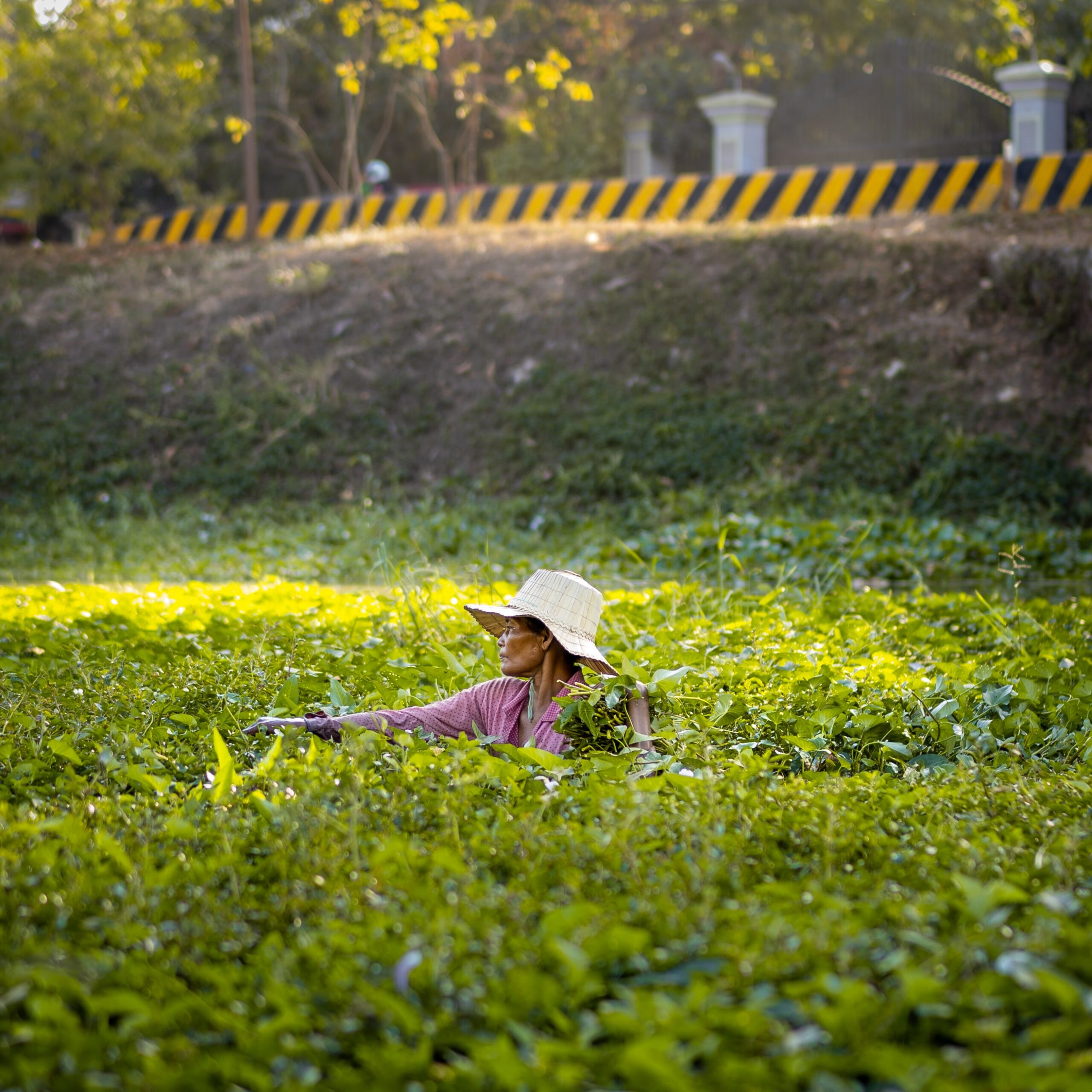ChatGpt News
A Path Towards Global Food Security
Cambodia’s rice export sector is making remarkable strides on the global stage, with the Cambodia Rice Federation (CRF) unveiling impressive figures that showcase the nation’s growing influence in the international rice market. Between January and July of 2023, Cambodia successfully exported over 360,000 tonnes of milled rice to 52 countries, marking a significant achievement that represents 52 percent of the annual target of 700,000 tonnes.
1. Globally Sought-After Grain
- The milled rice exports amounted to a substantial value of over $250 million, reflecting the strong demand for Cambodia’s rice on the global market.
- Diving deeper into the numbers, it’s noteworthy that China and its autonomous regions were key recipients, importing 141,950 tonnes valued at $90.27 million.
- European countries also showcased their appetite for Cambodian rice, importing 141,394 tonnes worth $100.31 million.
- Further strengthening Cambodia’s position, four ASEAN nations procured 30,171 tonnes, equating to $20.54 million.
- Beyond these regions, 49,193 tonnes found their way to 22 countries in Africa and the Middle East, amassing a total of $42.74 million.
2. Neighborly Collaborations and Food Security
- The neighboring countries also played a significant role in the rice trade, receiving an impressive 2,498,586 tonnes of paddy, valued at $663.51 million. Approximately 60 percent of these exports were certified by relevant authorities.
- Yang Saing Koma, Secretary of State for the Ministry of Agriculture, Forestry, and Fisheries, expressed his confidence in Cambodia’s food security situation, highlighting the collaborative efforts between the government, CRF, farmers, and millers.
3. A Solid Foundation for Growth
- Cambodia’s rice industry boasts several strengths that contribute to its robust food security foundation. With a paddy surplus exceeding six million tonnes annually and three harvest seasons a year, the country enjoys an advantageous position.
- Koma emphasized the pivotal role of paddy producers, who maintain stockpiles of rice for consumption. A study from Kampong Cham province’s Cheung Prey district indicated that 65 percent of farmers maintain year-round paddy stockpiles.
4. Government Support and Strategic Promotion
- CRF President Chan Sokheang credited the Cambodian government, particularly the ministries of agriculture and commerce, for their unwavering encouragement and commitment.
- Sokheang expressed optimism in reaching the goal of exporting one million tonnes of milled rice in the near future, attributing this ambition to the government’s strategic promotion efforts.
5. Private Sector Partnership and Positive Market Influence
- Collaborative efforts between the government and the private sector have contributed significantly to the industry’s growth, as increased drying capacity of local firms and favorable pricing for specific paddy types have positively influenced market dynamics.
6. A Bright Outlook
- The coordinated efforts of the government, private sector, and international partnerships have propelled Cambodia’s rice industry to new heights.
- The active promotion of Cambodian rice on global platforms and engagement with international partners have resulted in continuous demand growth, indicating a promising trajectory for the industry’s future.




